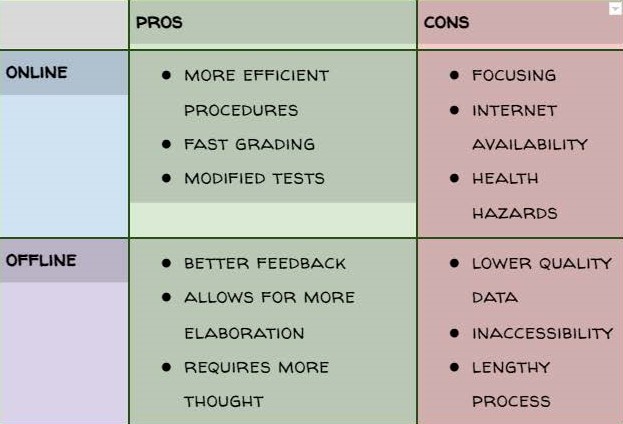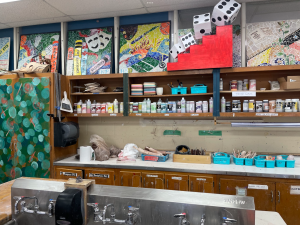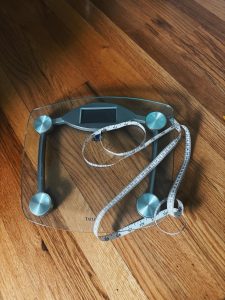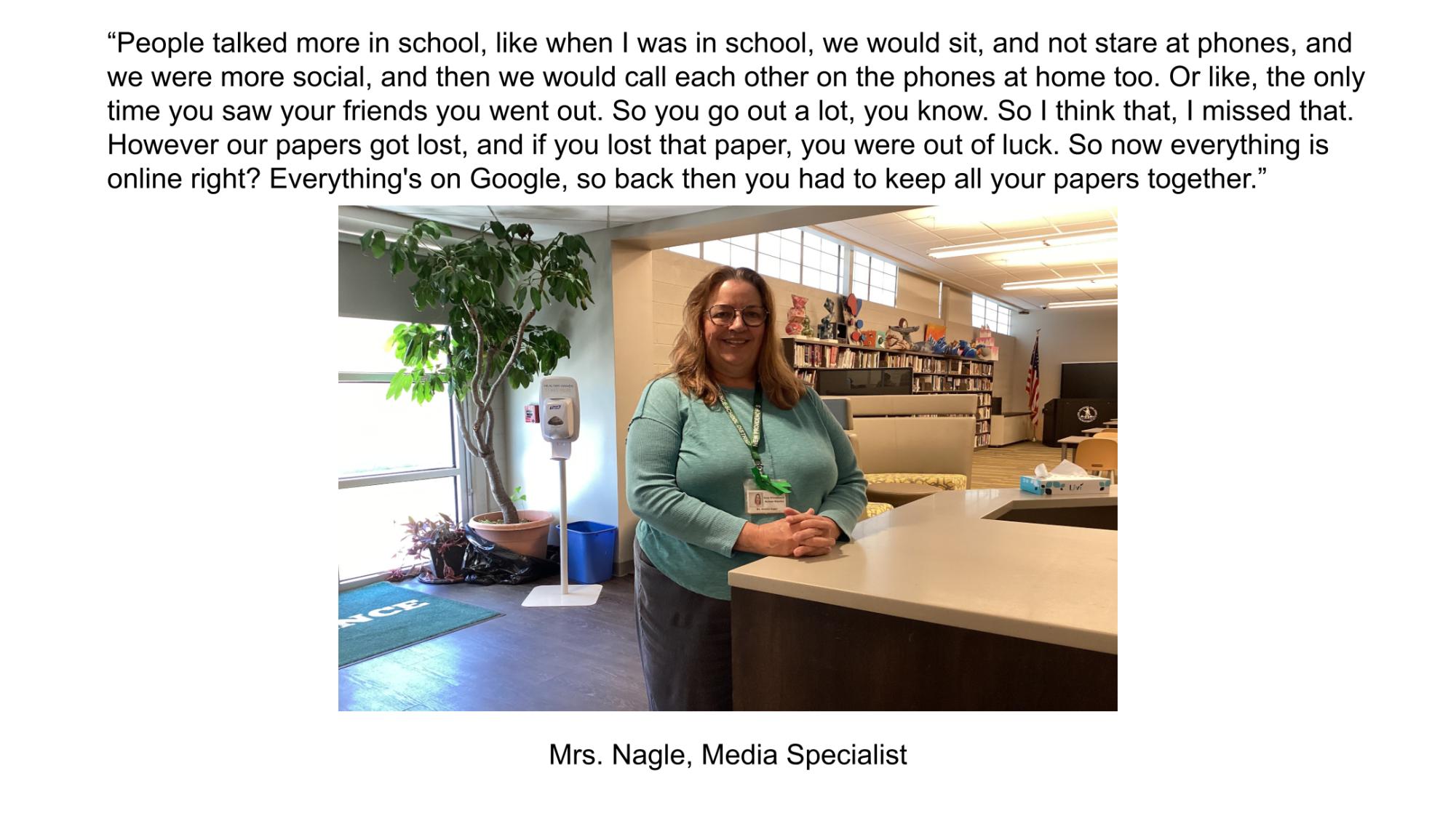Online Assessments vs. Offline Assessments
December 14, 2022
Class has started and there’s a big exam today, but before the testing starts your teacher would like for her students to take a poll on which they prefer: take the test on paper or on a computer. Which one would you choose?
Online Assessments: PROs
According to “15 Benefits Of Computer-Based Testing”, taking tests online improves and helps the grading process of a test. Making the grading immediately after the test is taken, and having a more in depth grade correlated with national or regional standards, benefits students. This option also provides the opportunity to create personalized tests based on the level and knowledge of the students.
Offline Assessments: PROs
Writing down answers on a paper test can extend the student’s knowledge and make the student provide a more comprehensive response, according to “The Advantages of Written Assessment” by Jordan Catapano. This allows the student to give a showing of what they’ve learned during the lesson. When grading the assessment, teachers can give more individualized feedback that can help the student improve with studying and later tests in the course.
Online Assessments: CONs
AssessProject claims that when looking at the LED screen, students often struggle with focusing considering all the distractions of a computer. This is considered one of the biggest challenges to online testing. In addition, looking at a device for long periods of time can lead to health hazards, including developing bad posture and other physical problems due to staying hunched in front of a screen. Moreover, to successfully run an online test the digital connection has to be perfect, and because so many students and teachers are using the Wi-Fi in the school, the internet tends to be slow and inconsistent, which can damage the education process.
Offline Assessments: CONs
ASC states taking a paper based assignments require a lot of materials such as papers, pencils, and erasers. Also while taking a test it is easier for the student to cheat while taking assessments on paper. It is easier to look at another student’s paper than their iPad screen. Teachers are required to grade and give feedback to each and every one of their students after a test is taken. This can take a long time and this delay can be less effective than receiving immediate feedback. Teachers could potentially rush this process because of the number of students, leading to some grading errors. Teachers usually have multiple classes that take the same test thus leading to even more tests for the teacher to grade.

















